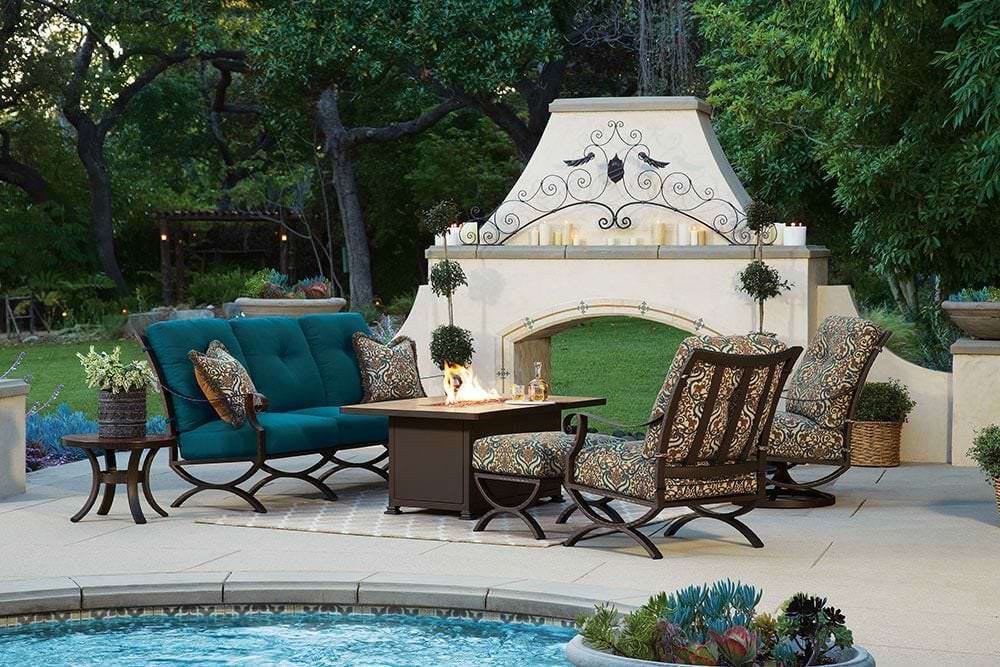One of the primary functions of a home is to provide warmth to the occupants. A home that fails to keep you warm during the cold months doesn’t completely fit the description. Before the invention of modern heating systems, most homes made use of fireplaces. Fireplaces were typically placed in the family room where everyone could gather and bond while they kept their bodies warm.
Today, in many parts of the world, including the United States, there are strict laws that prohibit the use of wood-burning fireplaces in residential areas. Some laws permit the use of those old fireplaces that were constructed before these laws were created. However, these laws also maintain that if for any reason an old fireplace is broken down, it becomes a punishable offense to rebuild it.
But even without these traditional fireplaces, thanks to technology, we can keep our homes warm. Advanced heat, ventilation, and cooling (HVAC) systems allow us to regulate the temperature in our homes to suit our needs. That said, fireplaces haven’t been completely written off from residential use as modern firepits can now be found in many homes, especially in outdoor spaces like patios. Click here to learn more about HVAC systems.
What is a Patio?
A patio is an outdoor space usually constructed at the back of a residential property. It could be attached to the main building or left as a stand-alone structure. Whether they are covered or left open to the sky is entirely up to the homeowner. However, many patios tend to have a covering above them to provide shade from those extremely hot days.
Patios are one of the most beautiful parts of a home as they are meant for relaxation, outdoor dining, and entertainment. They are usually decorated with beautiful plants, stones and furniture, making them incredibly desirable for hanging out with friends and family.
Like we mentioned, patios are used for outdoor dining and entertainment. For this reason, you’ll always almost find them close to the kitchen and the pool of a home. Others that are somewhat away from the main structure may have an outdoor kitchen built with them.
 Firepits
Firepits
Of all the defining features of a patio, the fire pit is perhaps the most significant of them all. When you walk into a patio space, the center of attraction is often the firepit. Like fireplaces, their primary function is to provide warmth. Thanks to firepits, spending time outdoors at night with friends and family can be a truly fun and memorable experience. They create an ambiance that just cannot be matched with regular lights.
In a nutshell, without an outdoor fire pit, a patio is never really complete. This outdoor amenity can be designed in many ways to suit the design of your outdoor space. They can be built from beautiful natural stones that will certainly add to the overall look of your outdoor space.
That said, the type, quality, and size of the pit you can get depends on your budget and the size of your patio. There are several types that homeowners can choose from to match their style and preference. Let’s quickly go over some of them:
Natural Gas Firepit
This pit is a favorite for many homeowners because of its unlimited supply of gas. Natural gas firepits are permanently connected to a natural gas line. This means that you never have to worry about running out of gas.
Compared to other types, you’ll spend less operating and maintaining this pit. The only major drawback with natural gas firepits is that they are immobile, which means you’d have to be sure about the place where they are built.
Wood Burning Firepit
The experience with wood-burning firepits is like the one you get at campsites with campfires. Like campfires, you get the same smoky ambiance and warmth. Most wood-burning pits are made of steel with the size of the bowl being the main differentiating factor among them.
Basically, the larger the bowel, the bigger the fire you can make. A wood-burning firepit has legs that raise it some levels above the ground for extra safety. People with wood-decked patios will find this feature very helpful. Another perk of having the pit raised above the ground is that the people gathered around it can move closer to the pit for more warmth.
They come in a variety of designs and sizes, so, finding one that fits your patio or backyard shouldn’t be a problem. Unlike a natural gas firepit, these ones can be placed just about anywhere to create a warm, inviting space for friends and family.
 Propane Firepit
Propane Firepit
This functions just like an outdoor grill, getting its fuel from a self-contained propane tank. This pit mostly comes in large sizes of beautiful and complicated designs. Flames come out from either glass, pebbles, or faux wood, and are truly impressive. Igniting this pit is easy as the ignition switch is typically housed just under the pit. To kill the flame, simply eliminate the propane supply. You will need to purchase propane tanks from a company like https://kellypropane.com, but you can have them delivered direct to your door which makes it nice and simple for you.
You can check out a number of ideas you can adapt to your space to achieve a unique ambience of your own here: https://www.hgtv.com/outdoors/outdoor-spaces/fire-pits-and-fireplaces/30-cool-fire-pit-ideas-pictures.
Final Thoughts
Firepits are a great addition to patios, and they really do complete outdoor space, providing a beautiful and warm environment to share with loved ones. In deciding which type to go for, consider the size of your outdoor space and your budget. While the natural gas pit is less expensive to operate, having one built can be quite costly.

 Firepits
Firepits